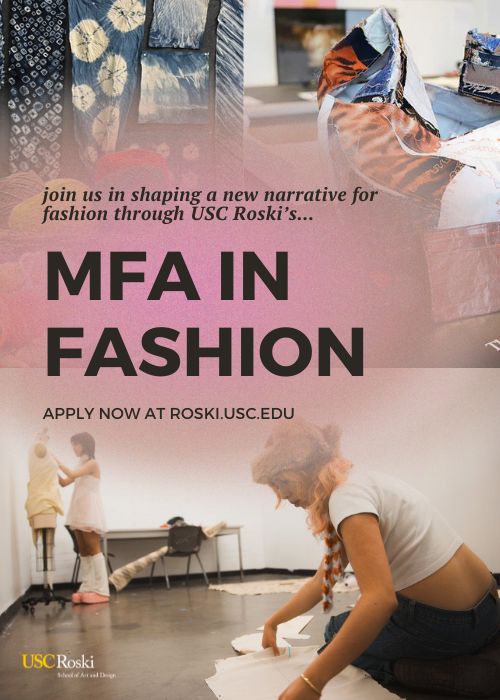① Non-Dickheads
a) If 90 people are credited with making this art it’s okay because it looks like it might’ve actually taken 90 people to make this art—it’s as complicated as a movie. Or it is a movie. There are things about it to enjoy that you can enjoy for longer than a few seconds and those things are usually there because of decisions and ideas that the person credited as the artist brought to the table.
b) It looks like the work itself would not and could not have been better or less monotonous had its author been involved intimately in every step of its creation. The use of assistants was a way of adding richness, not skipping steps that might’ve been better had they been examined. Any real creative collaborators are treated as such.
② Mislabeled Impresarios Who Welcome The Money That Accompanies That Mislabeling
This is a lot like art made by Non-Dickheads, only the things you like about it are always someone else’s contribution—not the artist’s. This is often because the nature of the piece precludes the artist doing anything interesting. Other people are credited, but not paid that much, and they don’t benefit as much as the artist that is being propped up by their efforts. The artist has essentially done only the work of a curator—corralling talent or novelty by arranging for it to be shown to people with money—and profited disproportionately from it. The art is worth looking at, but the name on it is a lie. It is good to see the work, but economically it’s still an ethical disaster.
③ People Who Don’t Realize That Andy Warhol Is Dead And Even Before He Was Dead He Was Old And Even Before He Was Old He Was Boring
a) The art is openly made by assembly-line methods typical of contemporary capitalism and looks like it: there’s nothing interesting, innovative or absorbing to look at in the work. It reminds you of stuff you saw in the upscale furniture stores on the way to the gallery. It’s made the same way people make Kinkades and Wonder Bread and has about as much going for it but for some reason rich people have decided to pay way more for it, possibly because four generations of critics have pretended making boring things on purpose is an original and somehow conversation-stopping comment on capitalism, even while the universes of music, film and now (fuck) even TV have continued to produce visceral, personal and revelatory work during the same period.
b) The overall gesture is usually reheated minimalism and that minimalism is quite possibly due to the fact that the artist is so uninvolved in the manufacture of the work that they didn’t have time to learn from- or get tired of- the process quick enough to be pushed to come up with better and more interesting ideas.
c) This art is often very big and class-anxious critics and curators will often claim this kind of work is “beautiful” while fondling purses and watching movies they would prefer to look at.
④ Boring Frauds
a) The art looks like Warholians’ art—dull, derivative of not just other art but of common non-art phenomena, and justified only by an academicism nobody outside the art world cares about—but the people who manufactured it aren’t credited or acknowledged.
b) This is almost okay, because the work is so frictionlessly easy to picture that going from conception to manufacture is a trivial step anyway: there are few details that the uncredited manufacturers could have added or subtracted.
c) In such cases one does rather wonder why make it—since it generally looks in person exactly the way it does in your head when someone describes it to you.
⑤ Art Where Everything Worth Seeing In It Was In Whatever It Was Modeled On And Everything Worth Saying About It Was In That Borges Story—Pierre Menard, Author Of The Quixote
a) The art is openly patterned on other art and contains no significant visual innovations—
à la Roy Lichtenstein.
b) Actual manufacture may or may not involve methods associated with (3).
⑥ Lazy, Greedy Frauds
a) The art has a number of qualities one might
find appealing and positive reviews of it mention details of manufacture like “touch” and “sensitivity” of the handling of materials or the choice of imagery, but the artist is only responsible for some of them, and uncredited assistants did the rest. This is usually because the artist became successful and, in order to satisfy a demand for their work they covertly hired people to help them make it rather than simply making less.
b) In the words of an assistant to one of these artists (not a native English speaker) “He really wanna follow old traditional way to paint, but now he has no time to follow that. And some art collector still believe he is painting by himself.”
c) Since the work is always sold and praised based on the details of its creation rather than simply the concept, unlike 2, 3, 5 and possibly 4, there isn’t even a theoretical justification for the artist taking credit for this kind of art.
⑦ Utter Dickheads
Not just the manufacture, but the specific choice of imagery is credited to an artist but was secretly conceived of by an assistant. More common than you think.





